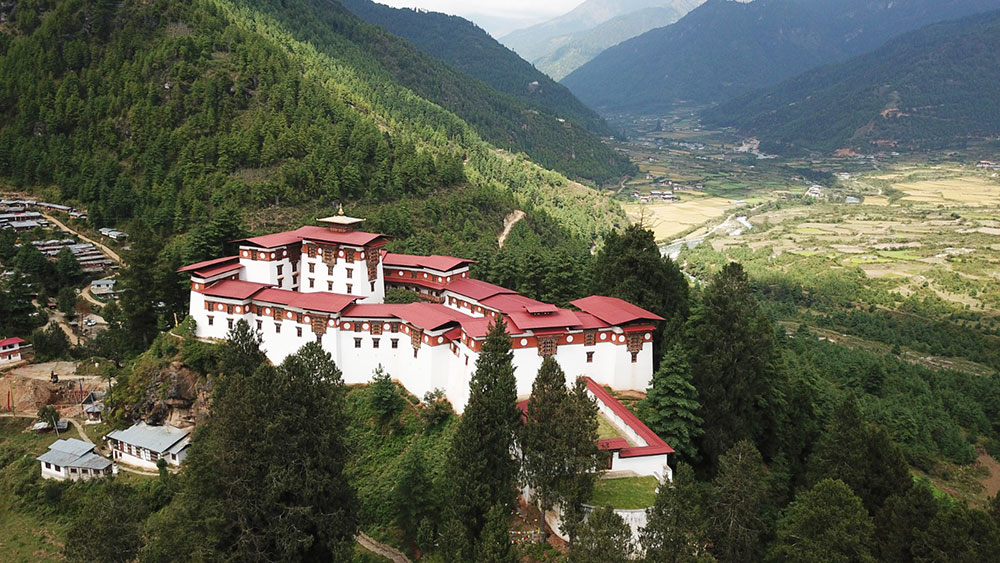Dechen Dolkar
After a seven-year endeavour marked by meticulous craftsmanship, the once-scarred Drukgyel Dzong now stands as a testament to unwavering dedication and skillful restoration.
The resplendent fortress proudly exhibits the commitment of those who laboured to revive its historical magnificence.
Within the fortress walls lie narratives of the past, echoing the resilience and cultural pride of the people, vividly portraying the determination that breathed life back into this grand edifice.
Embarking on its ambitious transformation in 2016, this iconic monument, reduced to ruins, experienced a rebirth under the directive of His Majesty the King. The reconstruction was carried out to honour the birth of His Royal Highness the Gyalsey, mark the arrival of Zhabdrung Ngawang Namgyel in 1616 AD, and pay tribute to the birth year of Guru Rinpoche.
Allocated a budget of approximately Nu 500 million, the project, overseen by project director Namgay Dorji, demonstrated commendable fiscal responsibility. Expenditures amounted to Nu 451 million, leaving a surplus of Nu 38 million even after accounting for additional and command work expenses.
Remarkably, the dzong’s structural completion occurred three months ahead of schedule, achieving a budget saving of over 23 percent.
As part of the project’s extended scope, consolidation efforts were applied to three watchtowers, two water towers, fortified footpaths, and old water wells. Furthermore, additional work encompassed the construction of roofs and the repair of walls, showcasing the commitment to comprehensive restoration.
Originally planned for completion in June 2023, an extension until December was necessitated by the declaration of Lami Lhakhang, Chenrizi Lhakhang, and Goenkhang as per the instructions.
The project’s successful culmination, inclusive of additional and command work, is now in the final stages of camp dismantling. Ready to hand over the reins to the government, the project team, consisting of over 200 workers, has tirelessly contributed to the reconstruction effort.
Throughout the years, raw materials were meticulously sourced from Paro and Haa. Red mud from Dzongdrakha area in Paro, timber from NRDCL depots in Haa and Paro, and stones from private contractors via open tender were key components. Local enterprises supplying hardware and electrical materials further exemplified a collaborative approach.
The project is implemented by Heritage Sites and Archeology Division under Department of Culture and Dzongkha Development.


